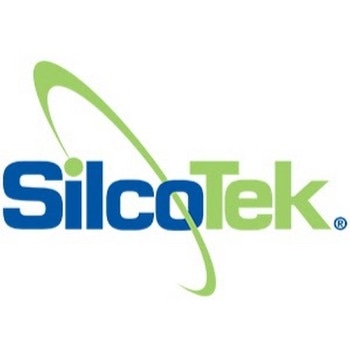Industries ranging from bio tech, HPLC, analytical laboratory, oil and gas exploration and petrochemical should pay attention to maintaining and cleaning a stainless steel critical flow path. A badly cleaned surface will affect product quality, lab results, yield and even environmental compliance.
.jpg)
In some industries, cleaning stainless steel can be as simple as blowing the surface off with a damp rag or compressed air. In other industries, such as stack sampling GC or HPLC chromatography or environmental sampling, it is crucial to assess the solvent to confirm it leaves no trace contaminants on the surface which can result in false positive results or analyte adsorption.
The whole system must be cleaned to take full advantage of a clean flow path. It’s not just a question of cleaning a sample cylinder, or a stainless steel tubing, regulator, fitting, or valve. Optimum performance can only be attained by cleaning the entire system. It is pointless to clean valves, tubing, and fittings in an analytical system to then discharge the contents of a dirty sample cylinder into the flow path.
So here are a few tips on maintaining and cleaning a stainless steel surface:
Maintenance
- Resurface as needed
Over time paint peels, roads get pot holes, and furniture needs polishing; most surfaces need some sort of maintenance. Next time you're driving down that rut filled road, think of your critical flow path – I bet it needs maintenance too.
- Don't steam clean
Steam cleaning is not a good idea, no matter what your surface. Particulates normally found in live steam will deposit on your surface, which will contaminate your process or sample.
- Set a regular surface maintenance schedule
You do equipment preventative maintenance, why not PM your critical flow paths?
- Don't abrade or change surface roughness
A rough surface can trap contaminants and increase unwanted surface interaction.
Cleaning
.jpg)
You don't need to see goop dripping out of a critical flow path to realize it needs to be cleaned. Set a cleaning schedule and learn the signs of surface contamination.
Signs you may need to clean the surface are:
- A film or other contamination on the surface
- Age
- Process contamination
- Corrosion
- Loss of peak or peak distortion, poor lab results
- Calibration problems
- Particulates
How to Clean Your Surface
Matching the solvent to the contaminant is crucial:
- Polar solvent for reactive contaminants
- Non polar solvent for hydrocarbon removal
Use the least aggressive, most effective high purity solvent to minimize the risk of damaging or contaminating the surface.
Common effective solvents are:
.png)
- Mild sonication
- Methanol/IPA
- Dichloromethane
- Acetone
- Water
Cleaning Method
Research industry publications for best practices, and develop your own written method to guarantee consistency. Different industries have different approved cleaning methods. A valuable resource for establishing baseline cleaning criteria in a number of industries is the Compressed Gas Association CGA G-4.1.

This information has been sourced, reviewed and adapted from materials provided by SilcoTek.
For more information on this source, please visit SilcoTek.